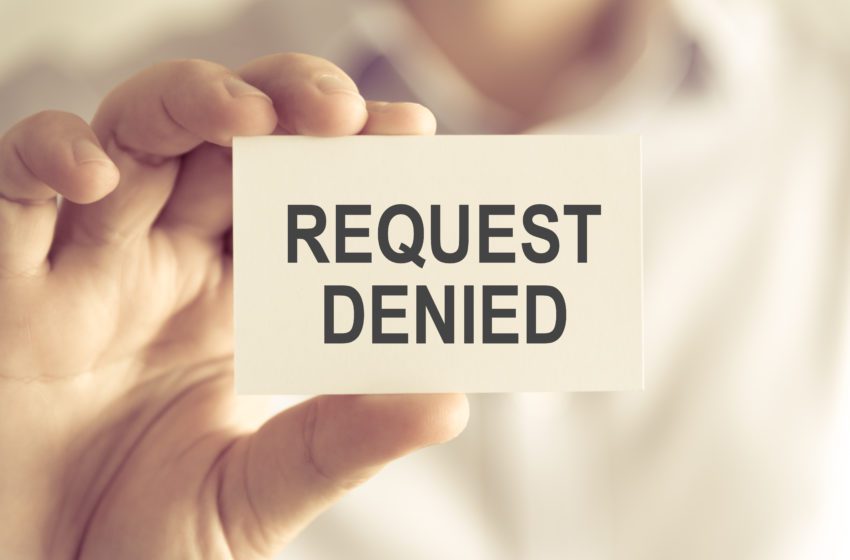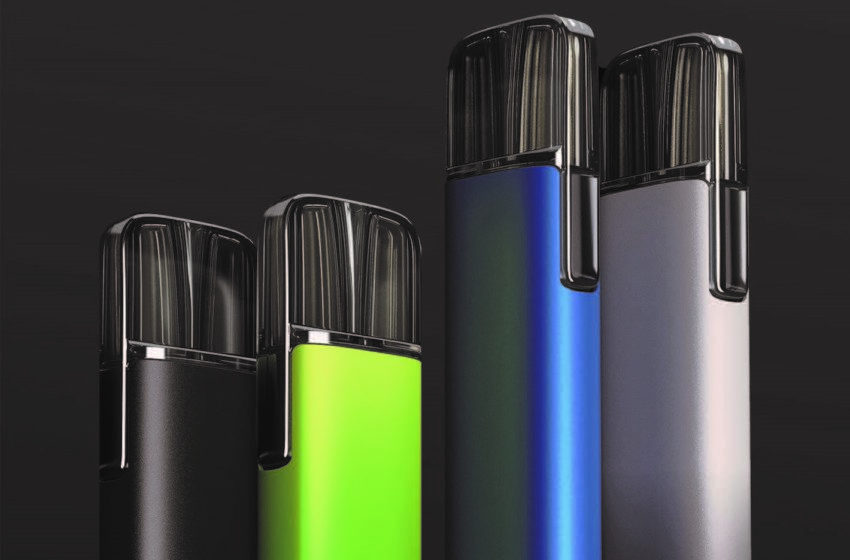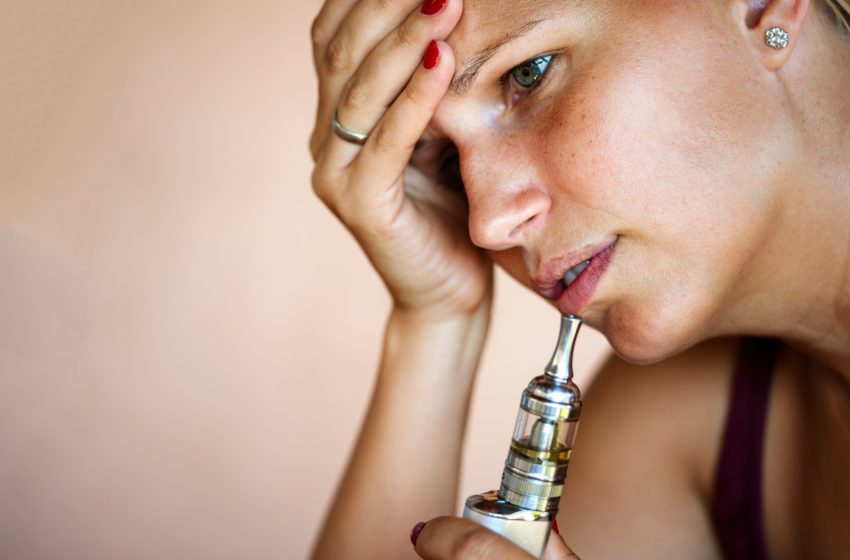The U.S. Food and Drug Administration issued the first marketing denial orders (MDOs) for electronic nicotine delivery system (ENDS) products today. In a press release, the regulatory agency determined that the premarket tobacco product applications (PMTAs) for about 55,000 flavored ENDS products from three applicants lacked sufficient evidence they appropriately protect public health.
The products from JD Nova Group, Great American Vapes and Vapor Salon subject to this action are non-tobacco-flavored ENDS and that include flavors such as Apple Crumble, Dr. Cola and Cinnamon Toast Cereal. The FDA states the products didn’t provide enough benefit to adult smokers sufficient to overcome the public health threat posed by the “well-documented, alarming levels” of youth use of such products.

“Congress gave the FDA the authority to regulate tobacco products to protect the public from the harmful effects of tobacco use through science-based regulation,” said acting FDA Commissioner Janet Woodcock. “Ensuring new tobacco products undergo an evaluation by the FDA is a critical part of our aim to reduce tobacco-related disease and death. We know that flavored tobacco products are very appealing to young people, therefore assessing the impact of potential or actual youth use is a critical factor in our decision-making about which products may be marketed.”
According to the TMA/Vapor Voice PMTA Tracker, Vapor Salon submitted 327 flavors in four sizes and 12 nicotine strengths covering approximately 47,108 submissions. Great American Vapes was also captured by the TMA/Vapor Voice PMTA Tracker with 150 flavors, including the Dr. Cola flavor mentioned in the CTP’s MDO release.
The FDA’s review of new tobacco products before they can be legally marketed ensures that they meet the standard Congress set in the law to protect the public health, according to the agency. The agency noted that “the evidence of benefits to adult smokers for such products would likely be in the form of a randomized controlled trial or longitudinal cohort study.” The FDA stated that there is the possibility that other types of evidence may exists that could be adequate if sufficiently robust and reliable. However, because the evidence was absent in these applications, the FDA issued MDOs.
The agency will continue to review other PMTAs for non-tobacco flavored ENDS to determine whether there is sufficient product-specific scientific evidence of a benefit to adult smokers to overcome the risk posed to youth. If the applications contain evidence of this type, the FDA will conduct further in‐depth scientific evaluation as to whether the evidence satisfies that statutory standard for authorization. But in the absence of this evidence, the agency intends to issue an MDO.
The FDA has received applications from over 500 companies covering more than 6.5 million tobacco products. The agency refused to file more than 4.5 million applications from the JD Nova Group. Although the agency has issued other negative actions for some applications, this is the first set of MDOs the FDA has issued for applications that have reached the substantive scientific review portion of premarket review.
According to the release, the products subject to an MDO for a premarket application may not be introduced or delivered for introduction into interstate commerce. If the product is already on the market, the product must be removed from the market or risk enforcement. The MDOs announced today do not include all ENDS products for which the companies submitted applications. Applications for the rest of the products remain under consideration.

“Flavored ENDS products are extremely popular among youth, with over 80 percent of e-cigarette users between ages 12 through 17 using one of these products. Companies who want to continue to market their flavored ENDS products must have robust and reliable evidence showing that their products’ potential benefit for adult smokers outweighs the significant known risk to youth,” said Mitch Zeller, director of the FDA’s Center for Tobacco Products. “The burden is on the applicant to provide evidence to demonstrate that the marketing of their product meets the statutory standard of ‘appropriate for the protection of the public health.’ If this evidence is lacking or not sufficient, the FDA intends to issue a marketing denial order, which requires the product to be taken off or not introduced to market.”
The agency also stated that the scientific review of menthol ENDS, as compared to other non-tobacco-flavored ENDS products, raises “unique considerations.” While menthol-flavored ENDS are not included in the these current FDA decisions, the regulatory agency stated that its reviews will “similarly examine whether the evidence in the application demonstrates a benefit to existing adult users that outweighs the known youth use” of ENDS products.
The American Lung Association commented via Twitter that it stands “firmly with the science that no flavored tobacco products are appropriate for the protection of public health, and all should be removed.”
Greg Conley, president of the advocacy group American Vaping Association, said the three companies targeted by FDA had minimal market share and chastised the agency for going after “low-hanging fruit.” Conley also stated via Twitter that its not a foregone conclusion that all or most pending flavored e-liquid applications will be rejected before the agency’s Sept. 9th deadline. He stated that how the FDA will handle products from manufacturers that submitted requests for extensions and have attempted to supplement their PMTAs are still unknown.
“The FDA never intended to fairly regulate open-system vape products. From the 2014 draft release of the agency’s Deeming Rule until today, the Center for Tobacco Products has looked forward to the moment it would eliminate the ‘wild west’ of the independent industry,” stated Conley.
Scott Gottlieb, who served as FDA commissioner during the Trump administration, blamed e-cigarette manufacturers for their predicament, saying “many companies had ample time, and the benefit of guidances that we issued, to provide a path toward compliance, so they could demonstrate their value as tools that could help current smokers quit combustible tobacco. Many of them chose to fight the laws Congress enacted, and the FDA, and they didn’t invest in demonstrating the public health benefits that they asserted.”
The FDA has until Sept. 9, 2020 to make a decision on the remaining estimated 2.5 million PMTAs.



















